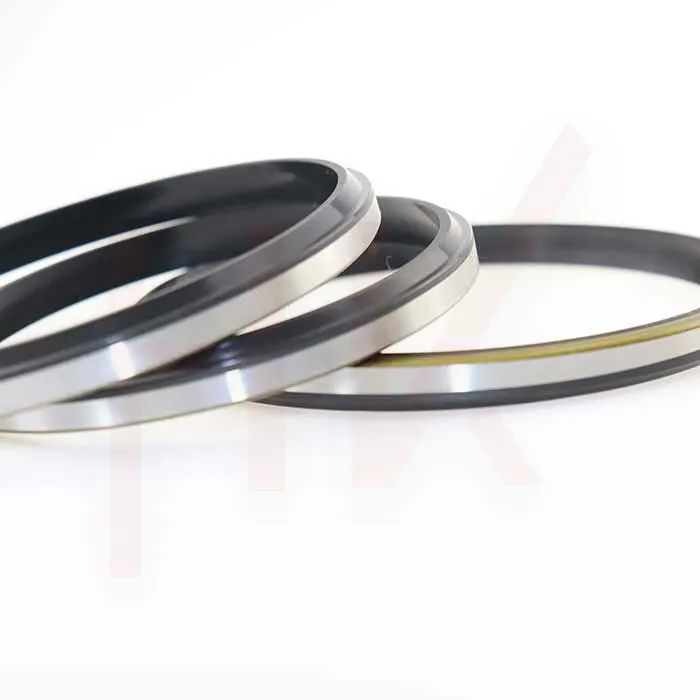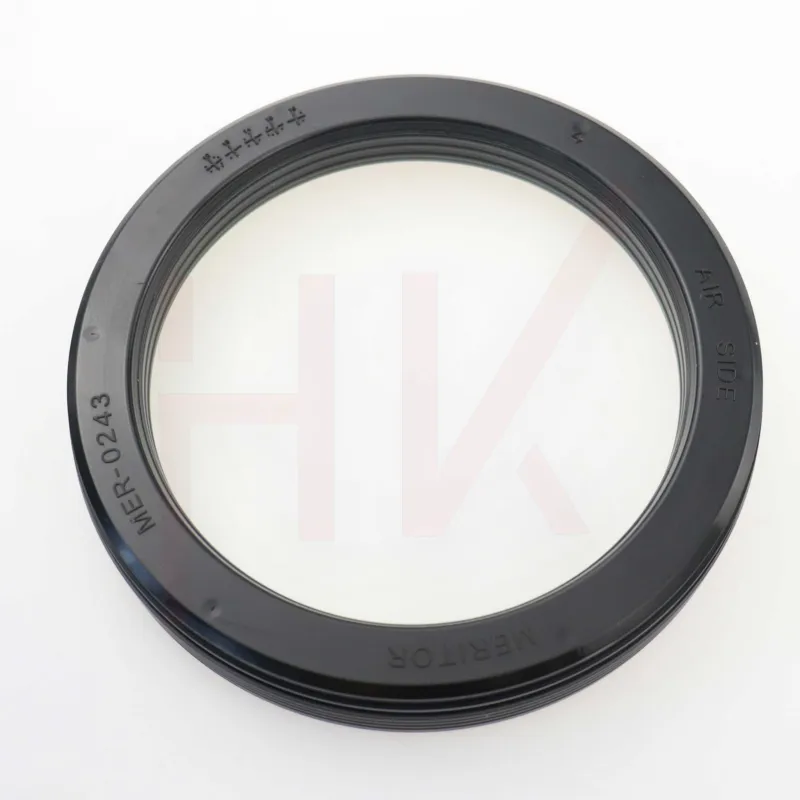1 月 . 20, 2025 15:07 Back to list
Standard High Pressure TCV Type Hydraulic Oil Seal


4. Silicone Rubber Offering superior flexibility and resilience across a wide temperature spectrum (-50°C to 230°C), silicone seals are excellent for applications subjected to extreme weather variations. They provide good resistance to ozone and UV light; however, they may not perform well in environments requiring interaction with petrol-based oils and must be carefully chosen for appropriate scenarios. 5. Polytetrafluoroethylene (PTFE) With its renowned low-friction properties and resistance to high-temperature and aggressive chemicals, PTFE, commonly known as Teflon, is used in demanding applications where other materials might fail. Its operational temperature breaks traditional limits, ranging between -200°C and 260°C, providing unparalleled performance in challenging conditions such as oil and gas drilling and high-speed rotating equipment. The choice of material for hydraulic oil seals requires careful consideration of the specific operational environment. The key factors include compatibility with the type of hydraulic fluid used, the operational temperature range, pressure conditions, and the dynamic versus static nature of the application. With advancements in technology, composite materials and innovative solutions are being developed to enhance the performance of hydraulic oil seals even further. Proper maintenance and regular inspection of hydraulic oil seals are equally crucial in ensuring their performance. Regular checks can help in identifying early signs of wear or damage, allowing timely replacements and avoiding costly system failures. In applications with demanding requirements, these seals must frequently be replaced or maintained according to manufacturer recommendations to secure system integrity. In conclusion, hydraulic oil seals play an indispensable role in the efficiency and durability of hydraulic systems. By selecting the appropriate seal material tailored to the specific operational circumstances, industries can enhance the performance, reliability, and lifespan of their equipment. Given the broad spectrum of materials available, understanding their unique properties and limitations is vital. This expertise helps in making informed decisions that directly contribute to the optimization of hydraulic system performance. In a landscape where efficiency and uptime are paramount, the right choice of hydraulic oil seal material is not just a technical decision but a strategic advantage.
-
The Power of Advanced Sealing: High-Pressure Solutions for Modern Machinery
NewsOct.29,2024
-
Optimizing Machinery with High-Performance Oil Seals
NewsOct.29,2024
-
Maximizing Machinery Efficiency with Advanced Oil Seals
NewsOct.29,2024
-
Ensuring Equipment Longevity with Quality Oil Seals
NewsOct.29,2024
-
Enhance Equipment Performance with Quality Oil Seals
NewsOct.29,2024
-
Custom Oil Seals for Specialized Machinery Needs
NewsOct.29,2024
-
The Role of Wiper Seals in Dust Sealing and Oil Protection
NewsOct.20,2024
Products categories
















